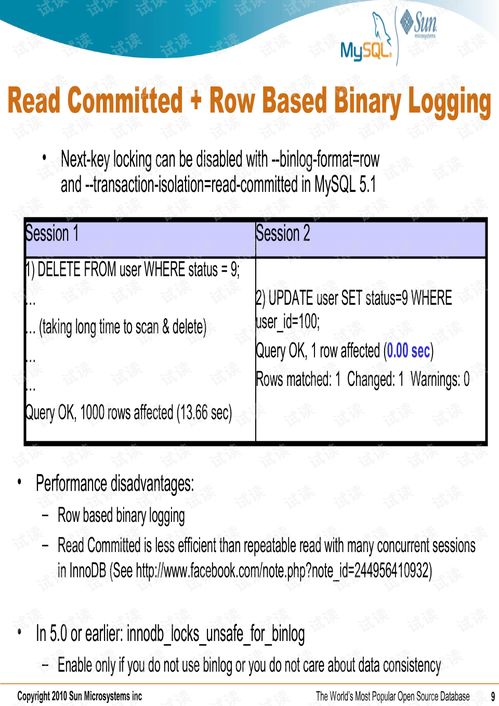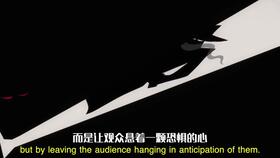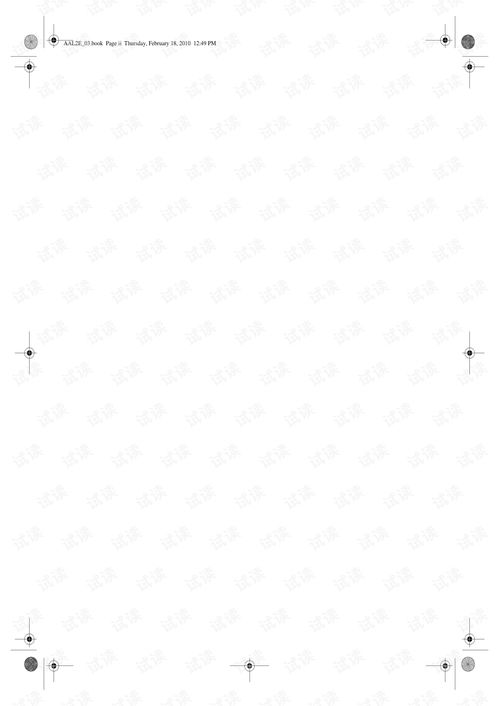If you're an angler looking to improve your technique and catch more fish, learning how to use a rigged hook effectively is a game-changer. The rigging of a hook is more than just attaching it to a line; it's an art that can significantly enhance your fishing experience. Here's a comprehensive guide on how to use a rigged hook, complete with essential tips to help you become a master angler.

Understanding the Rigged Hook
A rigged hook is a hook that has been attached to a line and possibly adorned with additional tackle, such as weights, swivels, and lures. The rigging process ensures that the hook is set up in a way that maximizes its effectiveness in catching fish. Here are the basic components of a rigged hook setup:
- Hook: The heart of the rig, designed to catch fish.
- Line: The main connecting thread between the angler and the fish.
- Leader: A section of line that connects the main line to the hook and is often used to protect the main line from abrasive conditions.
- Swivel: A device that prevents line twist and allows the rig to move more freely.
- Weight: Used to keep the rig at the desired depth.
- Lure: An artificial bait that attracts fish to the hook.
Steps to Rig a Hook
- Choose the Right Hook: Depending on the type of fish you're targeting, select the appropriate hook size and shape.
- Attach the Hook to the Line: Using a strong knot, such as an improved clinch knot or a Palomar knot, secure the hook to the end of your main line.
- Add a Leader: Cut a piece of monofilament or fluorocarbon line that is strong and has a similar thickness to your main line. Attach one end to the swivel using a uni-knot or a loop-to-loop connection.
- Attach the Swivel: Thread the swivel through the eye of the hook and secure it in place with a simple overhand knot or a nail knot.
- Add a Weight: Attach a weight to the swivel using a sliding weight or a snap weight, depending on the conditions and the type of fishing you're doing.
- Add a Lure: If using a lure, attach it to the rig using a palomar knot or a hair rig, depending on the lure's design.
Fishing with a Rigged Hook: Tips for Success
- Adjust the Depth: Fish are often found at different depths, so experiment with your weight placement to find the optimal depth for your target species.
- Use Live Bait: If you're using live bait, ensure it's lively and moving naturally. The more life-like your bait appears, the more likely you are to attract fish.
- Avoid Overloading the Rig: Too much weight can make the rig difficult to cast and control. Start with a lighter weight and increase if necessary.
- Be Patient: Fishing is a waiting game. Stay patient and don't get discouraged if you don't catch fish right away.
- Watch for Bites: Pay close attention to your rig. A sudden movement or a tap can indicate a bite. Set the hook quickly but gently to avoid losing the fish.
- Practice Your Cast: A good cast is essential for successful fishing. Practice your casting technique to ensure you can accurately place your rig where you want it.
- Clean Your Rig: After each fishing session, clean your rig to remove any debris and to inspect the line and hook for wear and tear.
Conclusion
Using a rigged hook is a fundamental skill for any angler. By understanding the components of a rig and mastering the techniques for setting it up and using it effectively, you'll be well on your way to catching more fish. Remember, the key to successful fishing with a rigged hook is patience, practice, and a keen eye for detail. Happy fishing!












